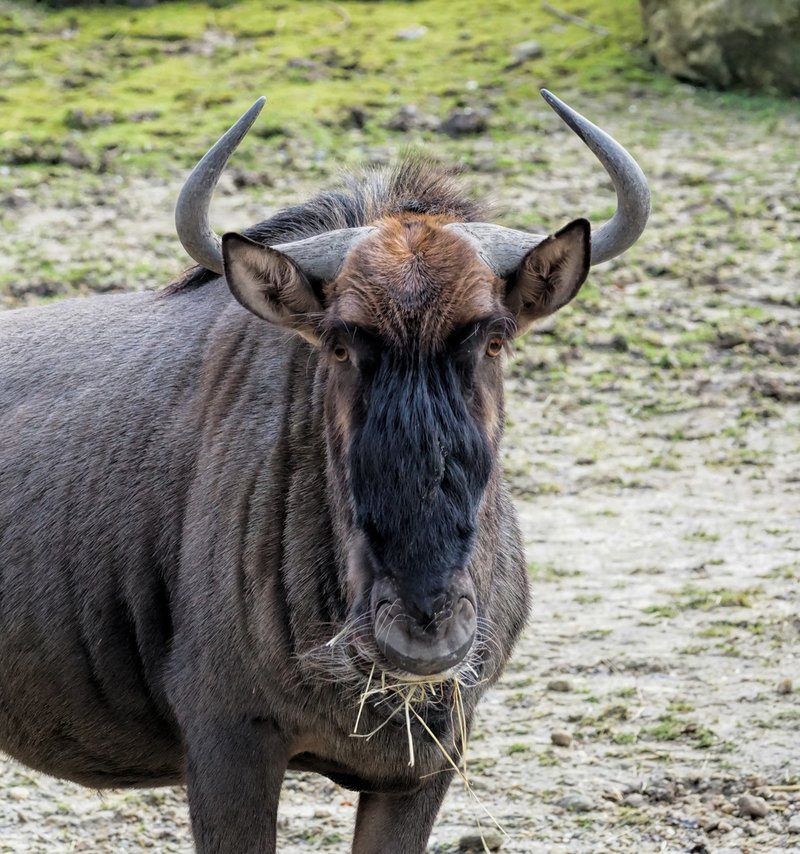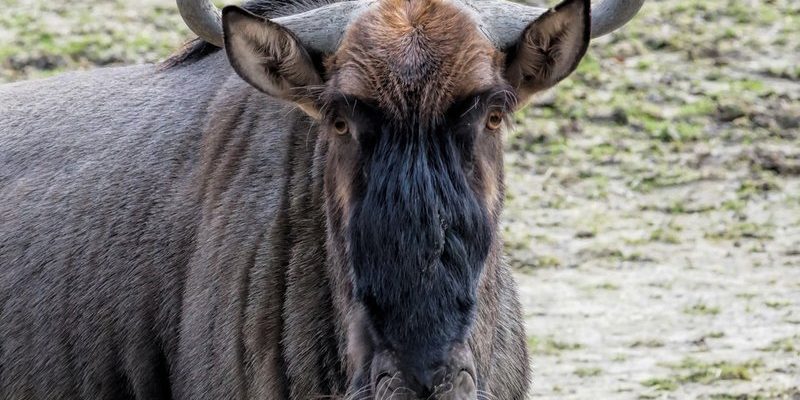
To understand the status of the gnu, we first need to look at what makes them unique. These animals are known for their impressive migrations, traveling hundreds of miles each year. The most famous migration occurs in the Serengeti, where thousands of gnus trek in search of greener pastures and water. Sadly, their robust lifestyle is threatened by human activity. Various factors such as habitat loss, poaching, and changing climate conditions pose significant risks. So, the question isn’t just whether they are endangered; it’s also about what we can do to help keep them thriving.
Understanding the Gnu Population Status
When we talk about whether the gnu is endangered, we must look at specific species. There are two main types: the blue gnu and the black gnu. Currently, the blue gnu, which is the more common species, is listed as Least Concern by the International Union for Conservation of Nature (IUCN). This might sound good, but it doesn’t mean they’re safe. Here’s how their populations break down:
- Blue Gnu: Current estimates suggest around 1.5 million exist mainly in Tanzania and Kenya.
- Black Gnu: This species is much rarer, with only about 5,000 remaining, primarily in South Africa.
You might be surprised by these numbers. The blue gnu might have a higher population, but that doesn’t mean they are free from threat. Even within a stable population, changes in habitat or food availability can dramatically impact their survival. These animals rely on vast grasslands, which are shrinking due to agriculture and urban development.
Threats Facing the Gnu
The challenges confronting the gnu are quite serious. One primary threat is habitat loss. As humans expand into the wild, they convert grasslands into farmland or urban areas. This not only reduces the space available for gnus but also cuts down on the food sources they depend on. Imagine trying to find food in a grocery store that keeps getting smaller—that’s what gnus face every day.
Another significant risk is poaching. While they may not be targeted as heavily as some other species, poaching still impacts their numbers, especially when they are hunted for bushmeat or for trophies. This illegal activity can be devastating, leading to sharp declines in local populations.
Additionally, climate change affects water availability and food resources. Gnus are dependent on seasonal rains for their food supply. With shifting weather patterns, these rains become unpredictable, making survival uncertain for these animals. Here’s the thing: if their food disappears, so do they.
Conservation Efforts Taking Place
Thankfully, there are many conservation efforts underway aimed at protecting the gnu. Organizations work tirelessly to ensure their habitats are preserved and that legal protections are enforced against poaching. In places like the Serengeti National Park, strict anti-poaching laws are in place to safeguard these animals.
Another key aspect of conservation is community involvement. Educating local populations about the importance of gnus can lead to more people wanting to protect them. When communities see the economic benefits of wildlife tourism, they often become more invested in conservation efforts.
Innovative projects, such as creating wildlife corridors, also help. These corridors allow gnus to migrate safely without crossing dangerous farmlands or urban areas. By connecting fragmented habitats, conservationists can help ensure that these animals continue their migration patterns.
The Role of Ecotourism in Conservation
Ecotourism plays a vital role in protecting the gnu and its habitats. When tourists visit places like the Serengeti to witness the great migration, they contribute to the local economy. This financial incentive encourages communities to protect the wildlife rather than exploiting it for farming or hunting.
To put it another way, if a community sees more value in keeping gnus alive than in hunting them, they become stewards of the land. Tourists help fund conservation initiatives, which in turn promotes a healthier ecosystem.
You might be wondering if this really makes a difference. Studies show that areas protected for tourism often have better conservation outcomes. These benefits extend beyond just the gnu, helping many other species thrive in the same habitats.
Local and Global Collaborations
Successful conservation usually involves cooperation at both the local and global levels. Various organizations, both governmental and non-governmental, work together to tackle the challenges facing gnus. Initiatives don’t only focus on the gnu; they also take into account the wider ecosystem.
One example of this collaboration is the Great Migration Project, which looks at the entire migratory route taken by gnus and other animals. By studying the interactions of different species, researchers can better understand how to maintain a healthy ecosystem.
Moreover, partnerships with local governments can create better policies that protect wildlife while still allowing communities to thrive. By blending tradition with modern practices, conservationists aim to create a sustainable balance that benefits both wildlife and the local populace.
What Can You Do to Help?
You might be wondering how you can contribute to gnu conservation. One way is to educate yourself and others about these animals and the challenges they face. Spreading awareness can lead to more people getting involved in conservation efforts.
Moreover, supporting organizations that focus on wildlife conservation is essential. Whether through donations or volunteering, your contributions can go a long way. Even eco-friendly travel helps; choosing responsible tour operators that contribute to conservation makes a real impact.
Consider advocating for policies that protect endangered species and their habitats. As individuals unite for a common cause, the chance of success increases significantly.
In the grand scheme of things, the gnu may not be the most famous endangered species, but they certainly deserve our attention. With populations fluctuating and facing various threats, the future of the gnu is tied to our efforts as a global community. Through habitat protection, community engagement, and sustainable practices, we can help ensure that these remarkable animals continue to traverse the African savanna for generations to come.
So, the next time you hear about the gnu, remember that they symbolize more than just wildlife; they reflect our relationship with nature and the responsibility we have to protect it. Let’s keep the conversation going, advocate for conservation, and play our part in preserving this incredible species.

